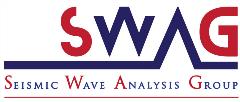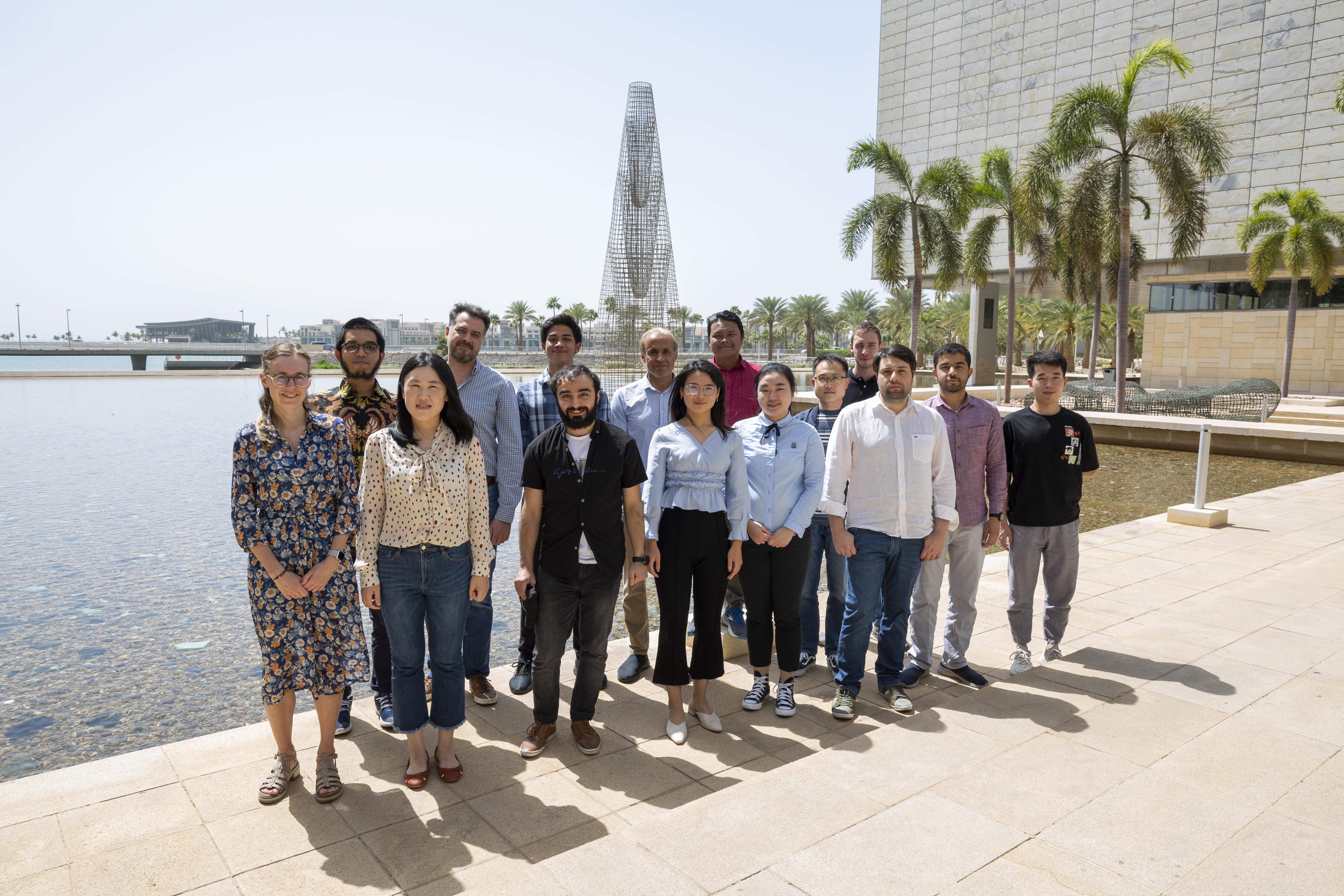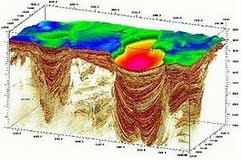
Our Vision
To be a leading source for seismic wave research and innovation towards a better understanding of the Earth's subsurface detailed makeup for energy and environmental applications.
Our Mission
To provide an environment for distinctive education and creative research that will serve society and contribute in building the knowledge economy. We will engage the wave equation in all its forms and derivatives and utilize it to better define the Earth and locate its treasures and sources of hazard.
About SWAG
 The Seismic Wave Analysis Group (SWAG) is a KAUST-funded academic group whose purpose is to improve the theory and practice of Seismic wave analysis to construct images of the earth subsurface.
The Seismic Wave Analysis Group (SWAG) is a KAUST-funded academic group whose purpose is to improve the theory and practice of Seismic wave analysis to construct images of the earth subsurface.
Although most of our research is targeted at improvements in the geophysical studies, SWAG pioneered innovations in migration imaging, velocity estimation, anisotropic behavior of wave propagation, Near-surface modeling and seismic data acquisition & processing. Beside 3-D reflection seismic data, we undertake small 2-D imaging projects with geophysical data of all kinds. The diversity of applications exercises our judgement and skill at combining fundamentals of statistical signal theory, optimization theory, numerical analysis, wave propagation theory and machine learning. This has led us to numerous improvements and some breakthroughs.
Our Scope
 The main focus of the SWAG program is on seismic modeling, imaging and inversion methods, as well as on improving the accuracy and efficiency of seismic processing algorithms, especially for application to regions of structural complexity such as salt domes. We believe in efficiency, honesty and integrity that is focused on win-win solution and the belief in finding ways to do more with less. To stay ahead of the wave, SWAG is actively researching and developing advanced seismic solutions tested on real 3D and 4D (Time-lapse) datasets. In order to deliver tomorrow’s solution today, SWAG is actively utilizing super computing technologies as well as including machine learning tools in the seismic inversion/imaging workflows.
The main focus of the SWAG program is on seismic modeling, imaging and inversion methods, as well as on improving the accuracy and efficiency of seismic processing algorithms, especially for application to regions of structural complexity such as salt domes. We believe in efficiency, honesty and integrity that is focused on win-win solution and the belief in finding ways to do more with less. To stay ahead of the wave, SWAG is actively researching and developing advanced seismic solutions tested on real 3D and 4D (Time-lapse) datasets. In order to deliver tomorrow’s solution today, SWAG is actively utilizing super computing technologies as well as including machine learning tools in the seismic inversion/imaging workflows.